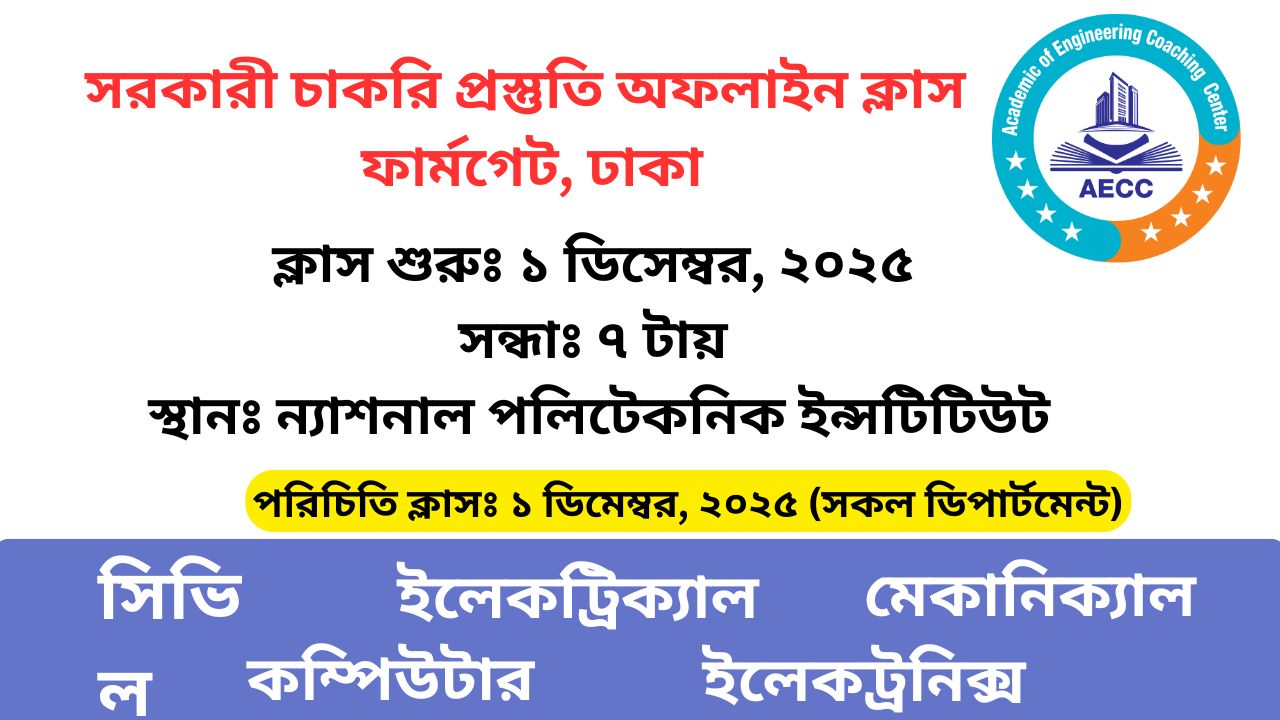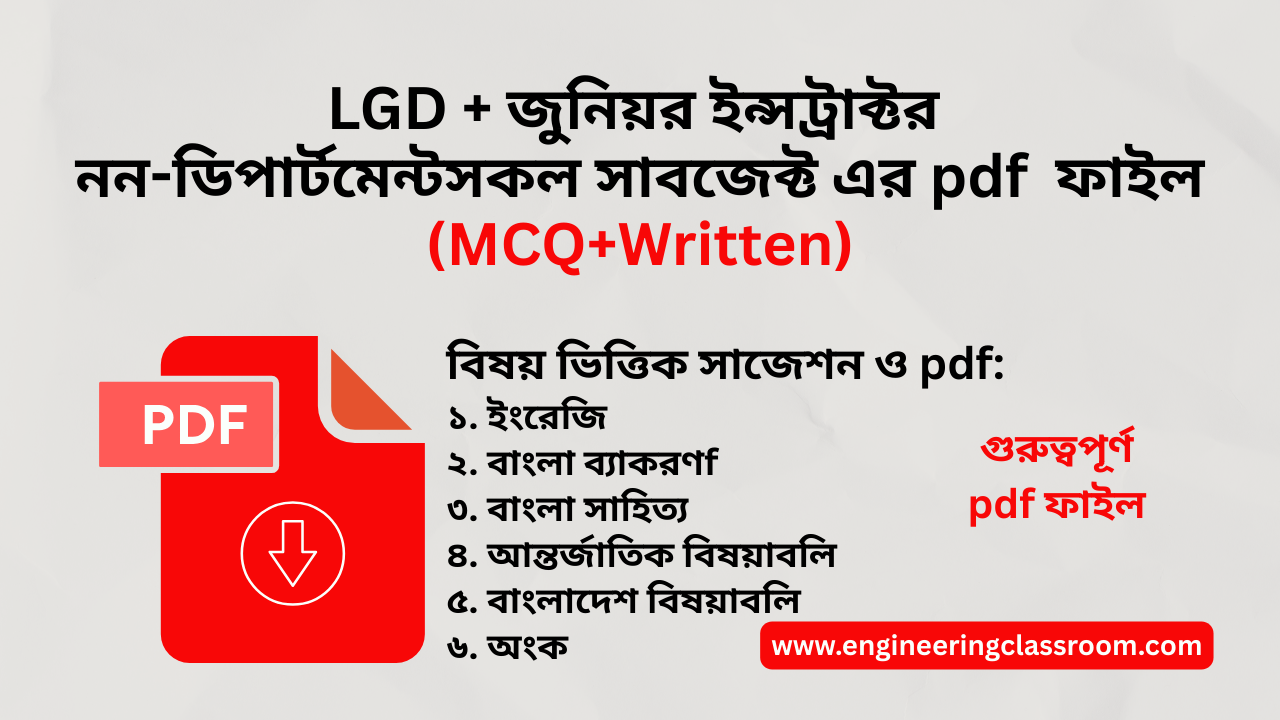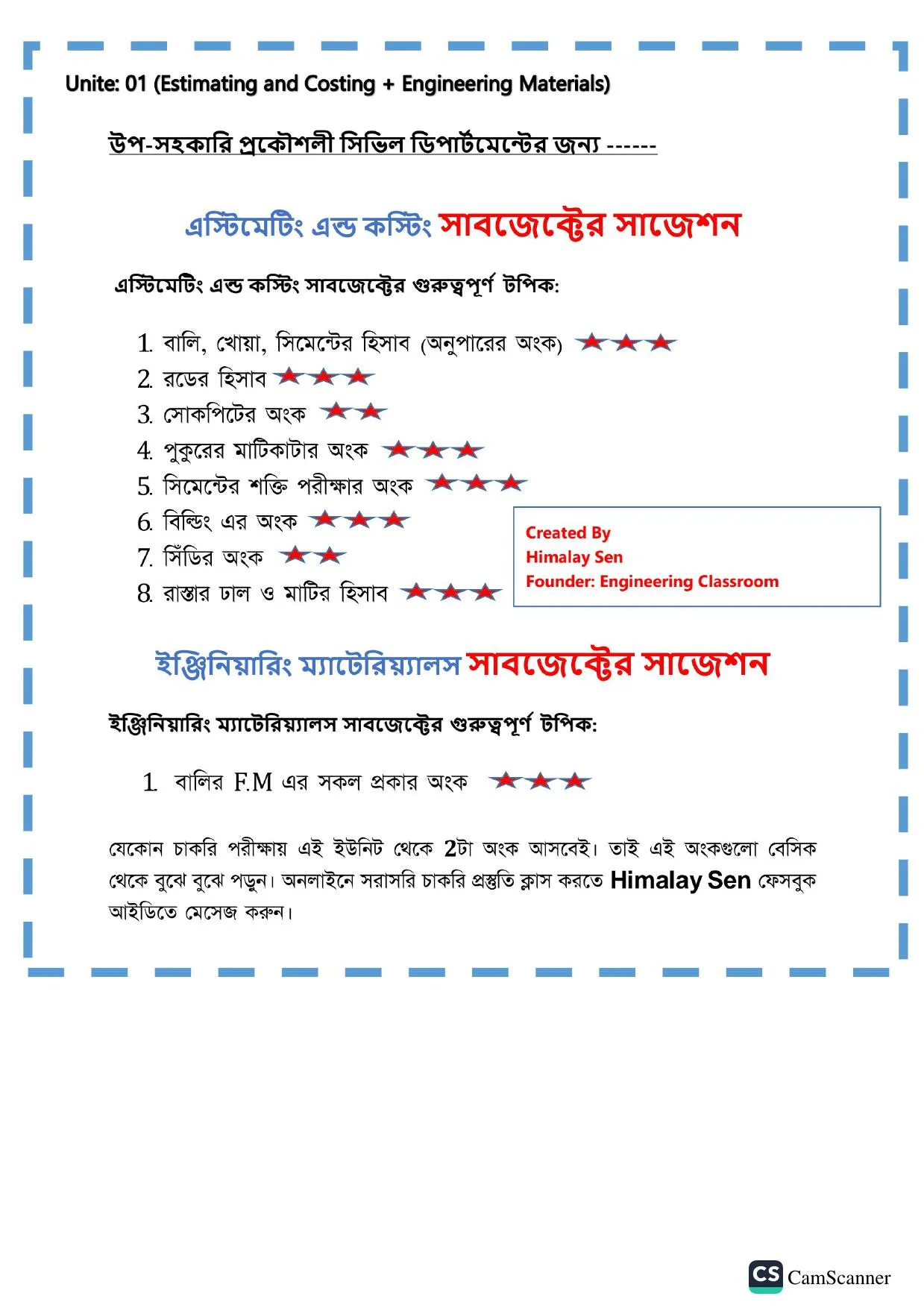MCQ
41. The slope of a stress-strain curve in the elastic deformation region is-
elastic modulus
plastic modulus
poison's ratio
none of the above
42. Two forces are acting at an angle of 120°. The bigger force is 40N and the resultant is perpendicular to the smaller one. The smaller force is-
20N
40N
80N
none of this
43. Which is not a unit of stress? [MES-16]
Pa
N
psi
MPa
ব্যাখ্যা: Stress is a force that tends to deform the body on which it acts per unit area. It is measured in N/m² and this unit is specifically called pascal (Pa).
Unit of stress N/m², Pa, MPa, Psi
Unit of force =N (Newton).
44. The resultant of two equal force P making an angle θ, is given by-
2P sinθ/2
2P cosθ/2
2P tanθ/2
2P cot-θ/2
45. The ratio of linear stress to linear strain is --[MES-18,BADC-18]
bulk modulus
modulus of rigidity
poisson's ratio
modulus of elasticity
none
46. The terms 'leverage' & 'mechanical advantage' of a compound lever have got same meaning-----
Right
Wrong
47. Hook's law holds good up to ----[BADC 18]
elastic limit
breaking point
plastic limit
yeild point
none
48. The center of gravity of a semi-circle lies at a distance of ----from its base measured along the vertical radius. 8r
3r/8
3r/4π
4r/3π
8r/3
49. The friction experienced by a body, when at rest, is known as- (BREB-15]
static friction
coefficient of friction
dynamic friction
limiting friction
ব্যাখ্যা: ব্যাখ্যা: Static friction is the force of friction experienced by a body when it is at rest it is the value of the limiting friction just be fore slipping occurs.
50. A force while acting on a body may-
Change its motion
Balance the force
Internal stress rise
All of this
51. The process of finding out the resultant force is called -----of force.
Composition
Resolution
52. A smooth cylinder lying on its convex surface remains in- equilibrium.
stable
neutral
unstable
none of these
53. The angles between two forces when the resultant is maximum & minimum respectively are-
0° & 180°
180° & 0°
90° & 180°
90° & 0°
54. An ideal machine is one whose efficiency is- [BREB-15]
between 60 and 70%
between 70 and 80%
between 80 and 90%
100%
ব্যাখ্যা: ব্যাখ্যা: The machine whose efficiency is 100% and in which friction is totally absent or Zero, is called as ideal machine. = 100%
55. If the resultant of a number of forces acting on a body is 0. Then the body will be equilibrium........
Yes
No
56. An irregular body may have more than one centre of gravity.....
Yes
No
57. Whenever a material is loaded within elastic limit, stress is-strain. [BREB-15]
equal to
directly proportional to
inversely proportional to
None of these
ব্যাখ্যা: ব্যাখ্যা: Hook's law states that strain is directly proportional to strain produced by the stress when a material is loaded within the elastic limit.
58. Two parallel sides of a trapezium are a and b, its height is h, its CG from base is at--- [MES-16]
π(a+b)/3h
h/3 (b+2a/b+a)
3/8(b+a /a+2b)
2h/3 b+2a/b+a
59. 1kg force is equal to-
7.8N
12N
8.91 N
9.81N
60. The resultant of two forces P & Q is R. If Q is doubled, the new resultant is perpendicular to P. Then-
P=Q
Q=R
Q=2R
none of these
















